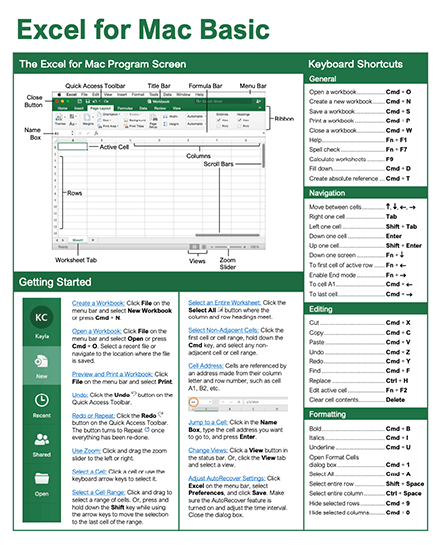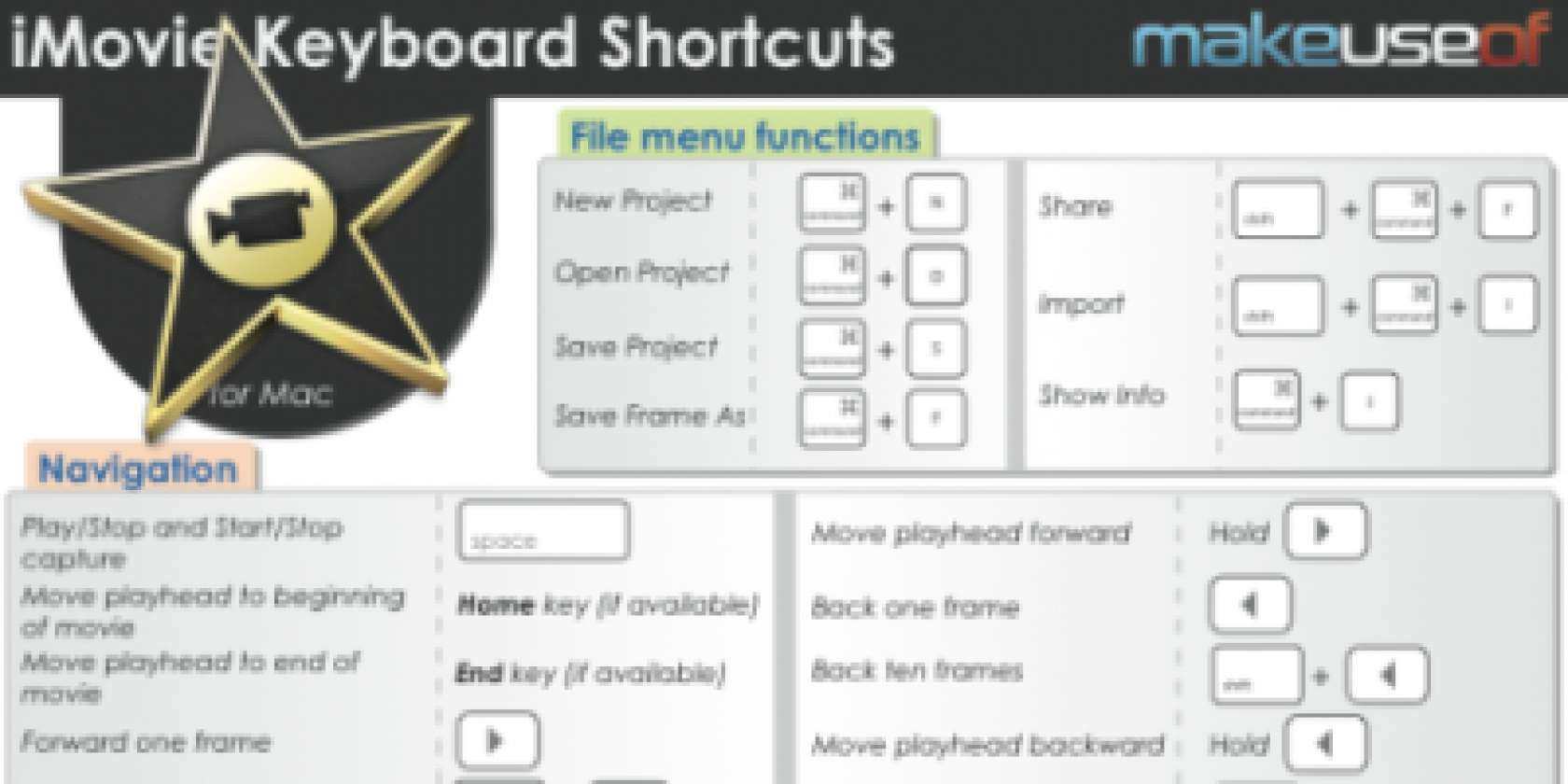

The Disability Answer Desk support team is trained in using many popular assistive technologies and can offer assistance in English, Spanish, French, and American Sign Language. If you have a disability or questions related to accessibility, please contact the Microsoft Disability Answer Desk for technical assistance. Microsoft wants to provide the best possible experience for all our customers. Technical support for customers with disabilities Use the Down Arrow key to browse through the results, press Enter to select one. Jump to the Tell Me edit field by pressing Alt+Q. Select the cell or range of cells where you want to perform an action. To use Tell Me to find a command, follow these steps: To learn more about the Tell Me feature, watch this video: Using Tell Me to get things done quickly with a screen reader and keyboard. For information on using Excel with a screen reader, see Get help for using a screen reader with Excel 2016. You can use Narrator, the built-in screen reader in Windows, or a third-party screen reader, such as JAWS. To move to the next or previous worksheet in an open workbook, press Ctrl+Page Down or Ctrl+Page Up.įor more details, read Excel keyboard shortcuts and function keys for Windows. To browse within menus or lists, press the Up Arrow key or the Down Arrow key, and then, to make a selection, press Enter. To select a cell, move the focus to the cell. To move between cells or columns in a table, press the Tab key (forward) and Shift+Tab (backward) or use the arrow keys. To switch to the next workbook window when more than one workbook window is open, press Ctrl+F6. To navigate in Excel through screen elements (worksheet, ribbon, task pane (if open), and status bar/toolbar), press F6 (forward) and Shift+F6 (backward). On the Customize Status Bar menu, to select the options you want (for example, Numerical count, Max, Min, and Scroll Lock), use the Up the Arrow key and the Down Arrow key and press Enter.

To customize the status bar, press F6 until you hear "Status bar, Toolbar." (In Narrator, you hear "On, Normal button." Press Shift+F10. You can change what is listed on the status bar by customizing the way Excel summarizes the data. When you select a group of cells, the status bar displays the average, count, and sum of the numbers in the selected cells. At the right of the status bar are commands for viewing the worksheet (for example, in Normal view or Page Break Preview) and a Zoom level slider control and button. The currently selected worksheet is referred to as the "active worksheet."Īt the bottom of the Excel window is the status bar. You can scroll through this row of tabs to select a worksheet. Other commands, like Share, open a pane to the right or left of the worksheet.īelow the cell grid is a bar that contains a sheet tab for each worksheet in the workbook. Some commands, such as Review or Find, open a window in the center of the worksheet. The cell grid of the active worksheet appears under the ribbon and makes up the majority of the page. From that ribbon, you can pick different items, such as tables, charts, hyperlinks, or illustrations, to insert into your worksheet.

For example, if you select the Insert tab, a ribbon appears. Each ribbon includes commands organized in groups. When you select a tab, a tab-specific ribbon appears below the tab. This toolbar can be customized and contains commonly used commands, such as Save, Undo, and Redo.īelow this toolbar is a set of ribbon tabs, such as Home, Insert, Formulas, Data, Review, and Power Pivot. By default, the Quick Access Toolbar resides at the upper left side of the screen.

App controls, such as Minimize and Close, are in the top right corner. In Excel, the name of your workbook is centered at the top of the screen. For more information about accessibility settings and features that work in your device, see Set up your device to work with accessibility in Office 365. Many accessibility features, like screen readers, speech recognition tools, and color contrast tools, are specific to a platform, such as Windows, Mac, or Android.
#Keyboard shortcuts for excel on a mac windows
This means you can use Excel keyboard shortcuts and function keys for Windows, a screen reader such as Narrator or JAWS, or a speech recognition tool such as Windows Speech Recognition to work with Excel 2016. Excel for Windows desktop in Office 365 includes accessibility features that make it easy for users with limited dexterity, low vision, or other disabilities to work with files.


 0 kommentar(er)
0 kommentar(er)
